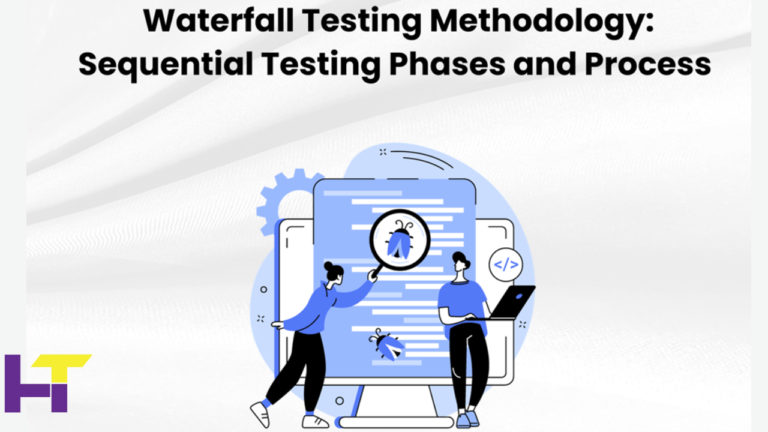How to Maximize Technology Tool Use in the Classroom

Technology is becoming more valuable in classrooms for various reasons, including accessibility of information, improving the quality of learning, and enhancing interactions and collaboration. Tablets, computers, and smartphones are everyday gadgets students and teachers use daily; thus, incorporating them into the classroom has become much more manageable. Implementing tech tools such as virtual classrooms has enabled diverse learning techniques that match every student’s unique needs. Let’s take a deeper look at some of the top ways to maximize the use of technology in classrooms.
Set Clear Objectives
When you want to pay for essay writing, one of the ways to ensure you benefit from it is to determine the objectives of doing it. Is it to beat a tight deadline, get more time for other activities, or turn in a superb paper? Setting aims also applies to using tech in the classroom. Before incorporating any technology tool in learning, it’s essential to identify specific learning goals the tools seek to achieve. For example, if students struggle with calculations, technology that supports gamification can be introduced to help them quickly solve math problems.
Having clear objectives makes it easy for both students and teachers to remain accountable and identify the strides they have made since the inception of the chosen education technology tool. Furthermore, it makes it easy for students to identify and work on their weak learning areas. Once you set clear objectives, it also becomes easier to determine how technology can support your goals.
Choose the Right Education Technology

Many ed-tech tools are available to enhance learning, including virtual and augmented reality and artificial intelligence. Both teachers and students should find a suitable technology tool to meet their learning objectives. For example, if the institution looks forward to introducing remote learning, you may focus more on virtual learning tech tools. If the aim is to make learning more collaborative, you can incorporate interactive whiteboards and give assignments in collaborative online spaces such as Google Docs. Primarily, the type of technology tool selected should align with the teacher’s and students’ specific objectives.
Provide Initial Training
Before implementing any tech tool in class, it’s best to conduct a training session to ensure flawless adoption. While students might be familiar with some of the tech tools, it is still essential to conduct training to ensure they understand the entire usage process. The best way to go about this stage is by holding workshops and playing tutorials for better comprehension. While ed-tech tools can efficiently enhance a student’s learning experience, they may hinder their progress and lead to misinformation if not used well.
Personalize Learning
Lack of personalized learning makes some students struggle to grasp concepts. A student struggling to understand a topic might buy an assignment to avoid failing. Students have diverse learning strengths and weaknesses, which makes it essential to customize various learning models to match the capability of every student. Fortunately, schools can leverage technology to accommodate every student’s learning style. Tools like adaptive learning platforms, educative games, and other multimedia resources like videos can help customize concepts and instructions to match a student’s needs and learning pace.
Promote Active Learning
Technology tools such as interactive whiteboards, polling applications, or virtual labs are crucial in improving student participation. They promote interactive learning since students can give their opinions on various concepts taught in class and feedback on their comprehension levels through polling polls. Interactive learning makes it easier to identify a student’s weaknesses. Thus, applying these tech tools in daily class activities would result in more effective teaching.
Implement the Flipped Classroom Model
Technology has allowed tutees to take charge of their learning process more. Traditional models often involve more of the teacher giving out instructions to the students. However, with tech innovations such as virtual assistants, students can learn more concepts before a class and gather relevant materials needed for the unit. Besides, they can review instructional content remotely through online tutorials and modules. Prior revision allows for a more interactive class session since the students will not be so green to the introduction topic.
Employ Continuous Improvement
The application of educational tech tools becomes more efficient when feedback is given on the impact of the tools being adopted. For example, you can ask students how they have benefited from the tools being used and what they think can be improved to enhance the learning quality. Technology integration is a gradual process that involves several adjustments and adoptions before it becomes a flawless system. Thus, getting instant reviews on the functionalities of tech tools will help improve and refine the approach used in various learning delivery models. Furthermore, receiving such feedback challenges teachers to improve; they will stay updated and keep up with the trends in education technology. Frequently updating software and other tech tools makes it possible to remain relevant to the various learning objectives set by both teachers and students.
Ensure Equity and Accessibility

Technology integration into a school curriculum may be costly; however, it should not limit accessibility and equity. Every student should be allowed to access and benefit from the tech tools. Unfair access to these tools affects the overall class performance and engagement. Therefore, you should use tools that can be readily available. For example, online platforms such as Google Classrooms and Microsoft Teams are easily accessible to everyone. Making these tech tools accessible to everyone promotes uniformity, and the teacher can be sure that no student is left behind.
Closing Remarks
Integration of technology and education has come a long way and is currently exhibiting a bright future, with most learning institutions adopting various ed-tech tools. However, there is a need to understand how to maximize them so that the integration is not futile. Quality assurance is essential during this integration as it helps elevate students’ learning experience. From initial training to continuous improvement, learning institutions must keep up with the changing education technology landscape to guarantee engagement and instant feedback, critical elements for boosting students’ performance.
Read More: Techvolution: Navigating the Intersection of Technology and Social Media.






